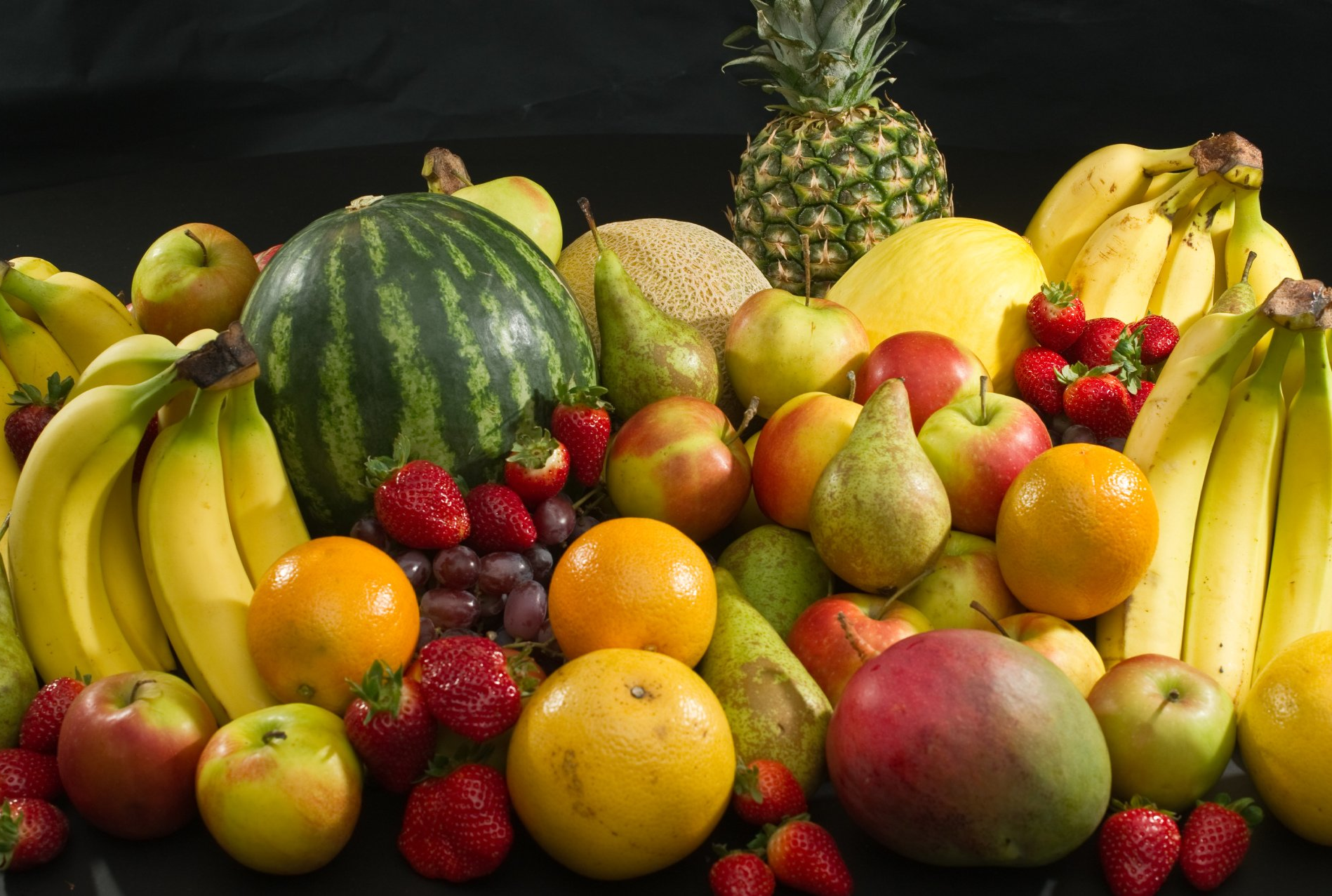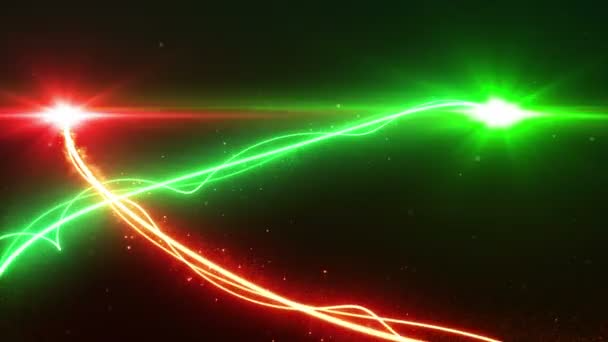Raising the Flag of the Nation for Nationhood in Celebration of Kwanzaa
- By kwende ukaidi
- •
- 16 Nov, 2022
- •
Celebrating the Harvest of Afrikan Life Asension

The symbols of Kwanzaa are a
powerful expression of the Afrikan continuum and the deeply meaningful symbol
of the Bendera Ya Taifa (Flag of the Nation) is no exception. This is the
tri-colour flag of the Red, Black and Green established and popularised by the
supreme visionary and superlatively prolific organ leader Marcus Garvey. This
is a flag that represents the exceptional nation building, nation continuance,
nation ascension and nation security of Afrikan souls throughout the world
wherever situation, located or in residence in the world. So, whether the
Afrikan is in the Americas, or in the islands, or in Europe, or on the great
continent of Afrika or elsewhere in the world this is an empowering symbol of
Afrikan excellence, oneness and mission. Needless to state in any great detail
that this flag was as a necessity, brought into being as an empowering tool in
the imperative organised thrust for Afrikan souls to lift themselves from the
disruptions and interruptions imposed by alien forces of anti-Afrikan agency.
With rightful core emphasis on nationhood the Bendera Ya Taifa is a symbol that represents mission-compelling self-determined engagement for ascension of rightful order. Of course, alien forces of ill have sought to misrepresent, malign or derail this symbol away from its upright meaning to the soul people of world whom it is for. Foreign forces of ill will even go so far as to attempt to hurl slander towards the great Marcus Garvey himself either directly or by proxy of susceptible souls.
The mere fact that the Red, Black and Green flag necessarily remains with Afrikan souls to this day as a potent symbol of galvanising thrust, is amongst the huge plethora of outstanding victories of Marcus Garvey, the Garvey Movement and the living Garveyite legacy in the vast array of forms that continue to empower Afrikan people of the world.
Wonderfully, the flag was brilliantly incorporated into the great cultural observance of Kwanzaa and as such brings to the fore the continuous energising of excellent nation-building tradition amongst Afrikan people at the rooted level of living culture. Thanks to the pioneering efforts of creative restoration from the Us organ Kwanzaa elevates the pride-filled legacy from which the soul people of the world can pick-up the mantle of construction with this, the other cultural symbols and the Nguzo Saba set of values.
Meanwhile alien forces of ill still attempt to set upon the natural norm of cultured and progressive Afrikan life. From misrepresentations in media and academic curricula to falsely attempting to pit well known figures in Afrikan history against each other. An example of the latter, can be found in the bogus attempt to destructively reignite conflicts between prominent academicians of yesteryear against the supreme visionary Marcus Garvey. The major problem here of course, is that a great number of the detractors that came against Garvey during the upper part of the so-called twentieth century, would later retract any disparaging statements later on with greater understanding even after Garvey’s passing. There are those that even issued formal apologies. This cycle can even be seen today repeated over and over with (say) progressive celebrities that raise awareness to better Afrikan life and attempts to malign them dissolve after time through great knowingness on the part of ardent detractors (sometimes even after the physical lifespan of such a celebrity). Surely then, Afrikan souls ought not participate in the destruction of the great ones of self-reflection to the glee of alien forces of ill.
The imperative building of nation as represented by the Bendara Ya Taifa can empower the various levels of the self. It certainly ought not to represent the alien ills of misandry, misogyny, feminism nor the thrust for a gynocracy. Afrikan nationhood must have its upright Afrikan masculine men. Afrikan nationhood must have its rightful Afrikan feminine women. Despite the efforts of alien forces of anti-Afrikan agency to nullify masculine manhood and feminine womanhood, they are necessary components. In this, the upright Afrikan man must be able to express his preferences, as it is for the rightful feminine woman in order for wholesome male-female unions to be formed. Certainly, the restoration of self-knowingness is key in this. Many Afrikan men (for example) have been set upon in the attempt to deny even the open articulation of genuine and upright preference for decades through the damaging effects of alien contaminant ills. If Afrikan nationhood is to victoriously flourish then surely the Red, Black and Green flag represents genuine self-determined effort to build as best as it is possible to do. In this, the levels of the self can highlight areas of spiritual growth:
The person self (whether as or boy growing into an Afrikan masculine man; or as or girl growing into an Afrikan feminine woman)
The harmonious and complementary Afrikan male-female union
The Afrikan family
The Afrikan community
The Afrikan nation
The Afrikan world community
Afrikan souls are the primary people of creation and are not here in the world to be the childlike fodder of any other people subject to ills, disuse and abuse. The folly of alien ill sentiment that may exist such as, 'How Dare You Ascend with the Natural Cultural Norm of Self-Determined Organisation', must surely be met with rightful Afrikan cultured order and ascension.
The Universal Royal Afrikan Nation (URAN) is an Afrikan-centred spiritual and cultural mission for ascendancy that embodies living spiritually and culturally rooted life. To find out more about URAN and its spiritual-cultural mission for liberty and nationhood click here. The exquisite URAN pendant can be obtained online by clicking here.
In his capacity as an Afrikan-centred spiritual cultural practitioner this author is available for further learning in this regard and also for the carrying out of ceremonies such as naming and name reclamation. For details please click here.
Afrikan World Studies programmes are an important forms of study in understanding the Afrikan experience. There are a range of subjects covered on these programmes including History, Creative Production, Psychology and Religion. To find out more about these learning programmes please click here.
Also, in the approach to the important cultural observance of Kwanzaa, the text: From Pert-En-Min to Kwanzaa - A Kuumba (Creative) Restoration of Sacred First Fruits by this author is available to purchase online here. This publication provides informative detail on the of the Kwanzaa celebration. You can also visit the institution of Yemanja to pick up a copy.
At nominal cost, also consider acquisition of an a4 laminate poster of articulations by this author when visiting the Yemanja-O establishment to enrol, consult, learn, gather or otherwise.
Also, visit www.u-ran.org for links to Afrikan liberation Love radio programme on Universal Royal Afrikan Radio online.
